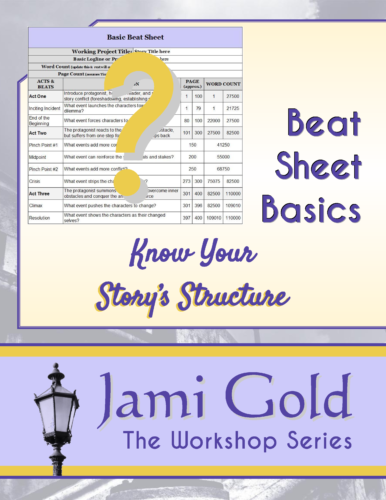It’s time for another post as a Resident Writing Coach over at Writers Helping Writers, where we’re digging into how to make our characters interact with our setting.
Check Out These Posts labeled with the Tag “pacing":
Want to refine these results? The Search page offers many filtering options.

